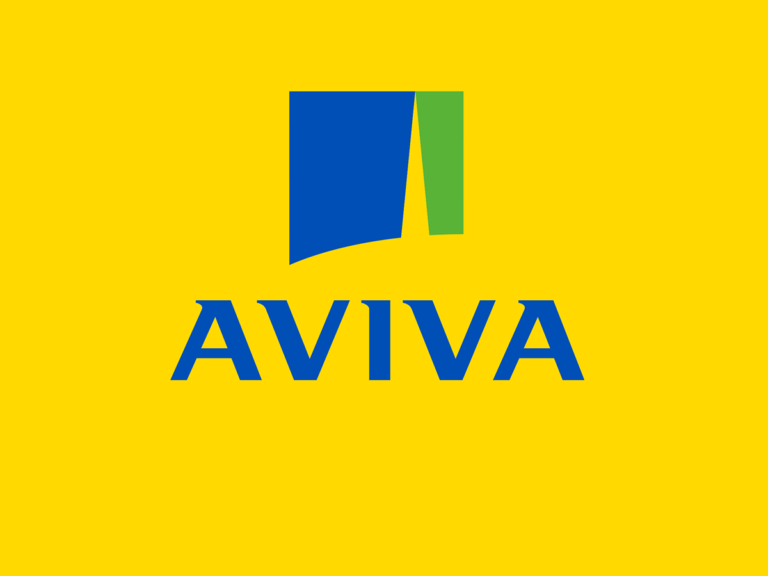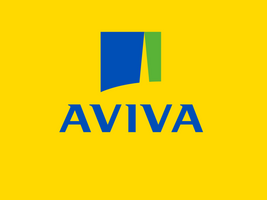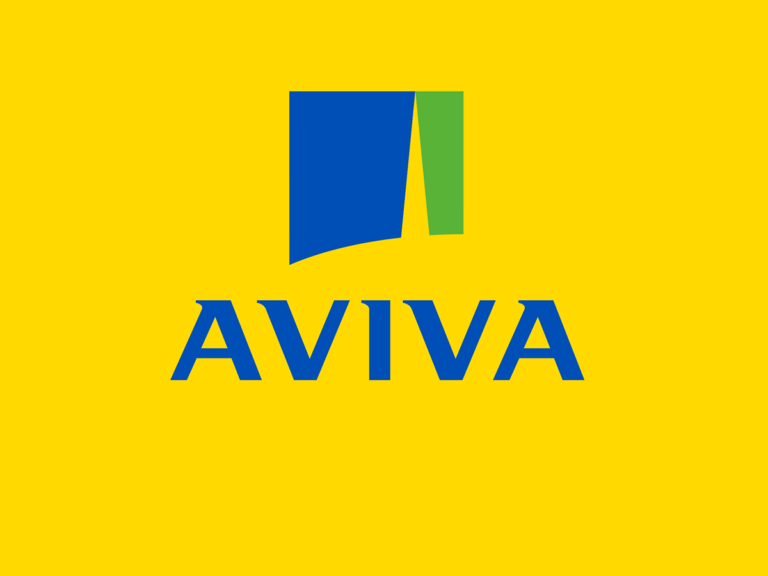Title Page
-
Location
-
Date
-
Completed by
-
To view our Loss Prevention Standard that supports this checklist, please view the following link : https://broker.aviva.co.uk/documents/view/aviva_managing_change_-_property_lps.pdf
-
The following are common areas that can increase and influence the risk before the change has started, during the change itself and as the change is nearing completion or being closed out. These will help you to compile a more appropriate or pertinent support framework/checklist in those areas that should be considered. You may want to consider the three prompts for your comments to each area of consideration:
• Before change (B)
• During change (D)
• Completion of change (C)
Managing Change Checklist
-
1. Have quantified risk assessments for property damage and business interruption been completed?<br> Critical, important or vulnerable:<br> • Machinery or equipment?<br> • Infrastructure, services, and utilities?<br> • Stock and products, etc.?<br>Have all perils been considered:<br> • Fire?<br> • Smoke?<br> • Water?<br>o Surface water?<br>o Escape of water?<br>o Pipe leakage?<br>o Roof leakage?<br> • Theft?<br> • Other?<br> • Non-insurable perils?
-
2. Have Aviva or other bodies been notified and involved in the change process?
-
3. Have non-combustible materials been selected for construction (Insurance/LPCB approved)?<br>Aviva always recommends the use of non-combustible materials.
-
4. Fire compartmentation:<br>Penetrations should be sealed with materials having a consistent fire resistance rating.
-
5. Do structural elements require a fire-resistance coating/protection?
-
6. Have suitable and reliable automatic and manual fire detection measures been considered?<br>• Manual bells?<br>• Manual break glass alarms?<br>• Automatic fire detection?<br>• Signalling to a 24/7 reliable and consistent response?
-
7. Are the fire alarms operational?
-
8. Have suitable and reliable automatic and manual fire protection/suppression measures been considered?<br>• Fire extinguishers, hoses?<br>• Hydrants and water supplies?<br>• Sprinkler protection?<br>• Special and local extinguishing systems?
-
9. Timelines for key equipment/area strip or fit-out versus plant/fire protection/detection impairment/installation.
-
10. Are appropriate plant protection/detection impairment management procedures in place?
-
11. Has the impact to the site and/or building been considered?<br>• Access?<br>• Fire escape?<br>• Emergency planning?
-
12. Is the emergency response appropriate?<br>• Site level?<br>• Public authorities?
-
13. Are safe methods of working employed?<br>• Risk assessments?<br>• Method statements?
-
14. Are contractors closely managed and do they follow agreed procedures, complying with all risk assessments and method statements?
-
15. Is the work location suitable?
-
16. Is there a rigorous routine for waste removal and housekeeping?
-
17. Is there a dedicated external area for storage of waste?<br>• At least 10m away from building?
-
18. Have potential ignition sources been identified and safely controlled?<br>• Electrical?<br>• Hot work-any heat/spark producing activity?<br>• Smoking?<br>• Friction?<br>• Hot surfaces?
-
19. Is a hot work management system including hot work permit in place?
-
20. Has security and threat of maliciousdamage, arson, theft etc. been considered?
-
21. Are suitable safe electrical equipment/systems provided for hazardous locations?<br>• DSEAR assessment?
-
22. Has inspection, testing and maintenance been considered?<br>• Plant protection systems?<br>• Fire protection systems?
-
23. Are training procedures satisfactory for employee', contractors?
-
24. Is electrical grounding provided?
-
25. Are ventilation/venting systems adequate?
-
26. Are explosion prevention measures in place?
-
27. Are Material Safety Data Sheets (MSDS) available and are hazardous materials risk assessments completed?
-
28. Are operational safety interlocks provided and in operation?<br>Are impairments considered in risk assessments?
-
29. Are instrumentation and critical controls satisfactory? Building Management Systems?
-
30. Is fire resistance needed for supporting steel work, critical control systems, cable runs and services, etc.?
-
31. Are adequate pressure relief devices fitted? Flame arrestors?
-
32. Any potential chemical reactions identified with appropriate controls?
-
33. Are inert gas and/or purge requirements considered?
-
34. Are corrosion control measures taken?
-
35. Is there adequate pipe and equipment identification and labeling?
-
36. Is there adequate spillage control?
-
37. Are environmental exposures and protections considered?
-
38. Are seasonal atmospheric conditions considered?<br>• Spring?<br>• Summer?<br>• Autumn?<br>• Winter?
-
39. Are third party exposures considered?<br>• Within the site?<br>• External to the site?
-
40. Are site drawings updated?<br>• Construction?<br>• Fire compartmentation?<br>• Services?<br>• Process and instrumentation?<br>• Fire protection. etc.?
-
41. Is electrical testing of new installations completed?<br>Is a thermographic imaging survey considered for any new electrics? (Reduce exposure while under warranty)
Completion
-
Additional comments
-
Completed by (Name and Signature)
















